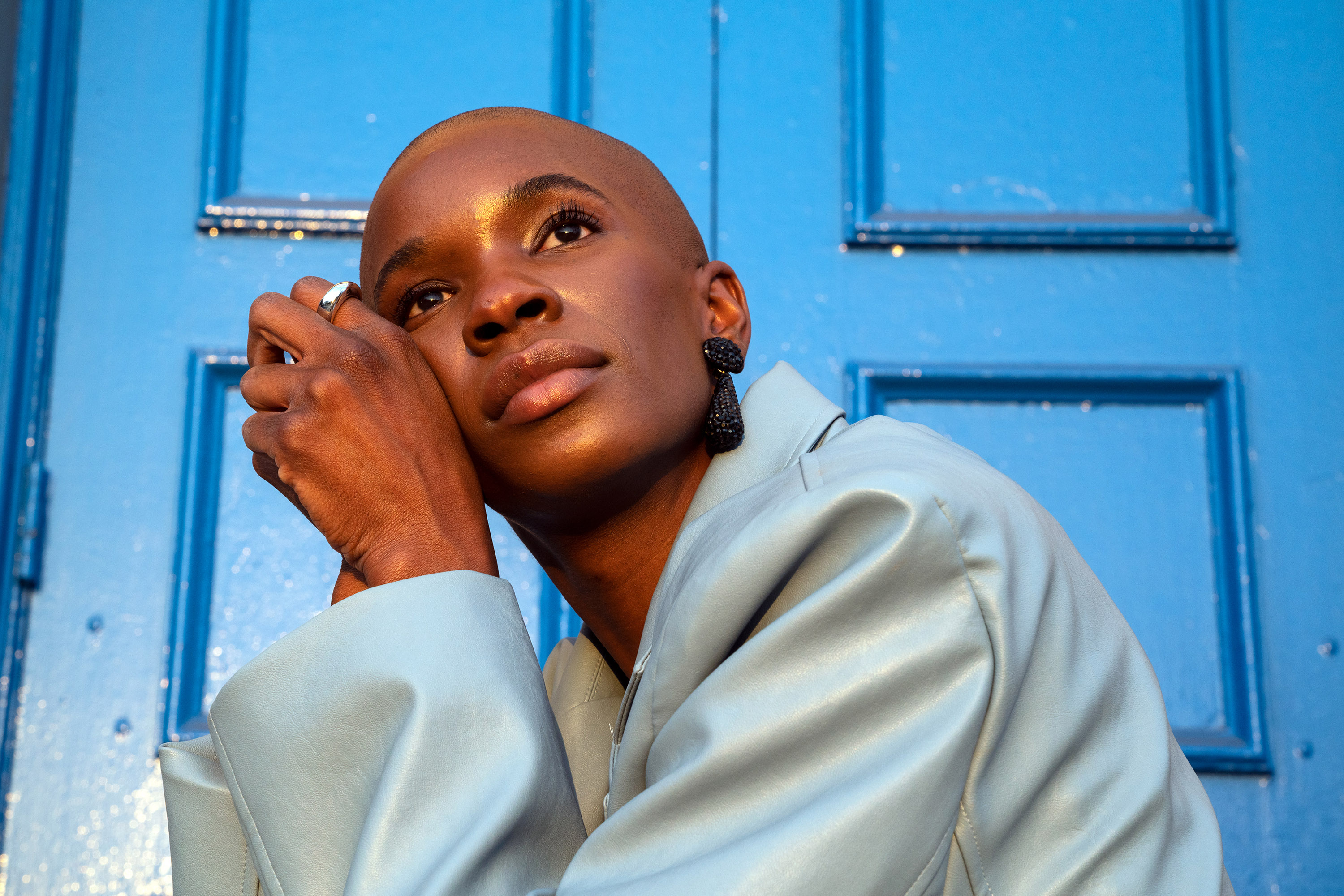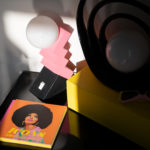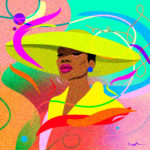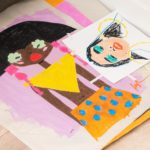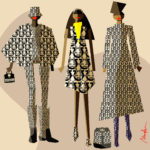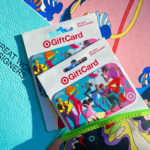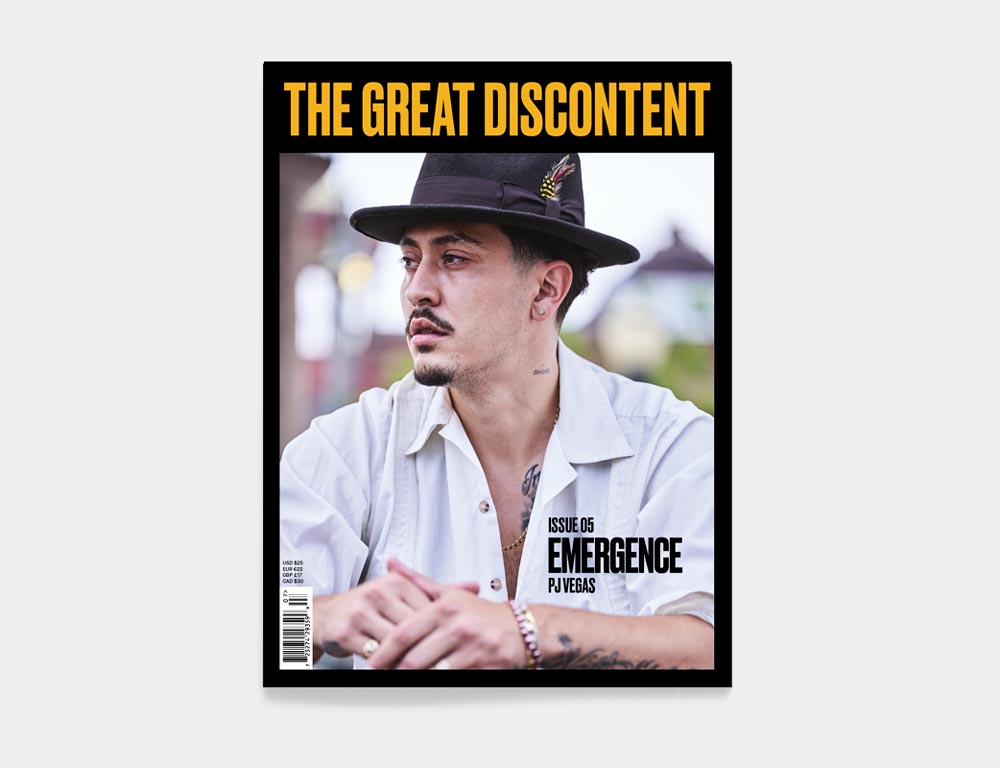
Emergence Issue: TGD's fifth issue features a dynamic group of 15 creators who are deeply committed to addressing systematic challenges in their communities through creativity and emerging ideologies. Buy Now
Can you talk a little bit about where you grew up and what it was like, and maybe how it influenced your understanding of self?
I grew up in Tucson, Arizona, the second youngest of four siblings. My whole childhood, I was a competitive gymnast. We practiced every day after school for about four hours. That definitely instilled the disciplined side that I have and also my ability to see and understand movement.
I guess I’d never really considered myself super creative when I was growing up because I was doing gymnastics so much. My identity as a gymnast was dominant. But after I stopped doing gymnastics late into high school, that’s when the creativity started taking over. I had surgery on my feet the summer between eighth and ninth grade, and I had to sit in a wheelchair for about two months. I was used to being so active. It was when I started teaching myself Photoshop and animation. I would animate my gymnastics routines, things like that.
Do you come from a creative family, Monica?
My parents grew up in Africa and came to the US to further their education. They met while in college. My mom’s really creative. I don’t think she realizes that she’s creative, but what she wears or cookingwise, she will create new recipes all the time. Even the way that she thinks—she was just always very creative helping me solve problems.
And what role do you think Tucson played in who you’ve become as a creative?
Even though Tucson isn’t a huge creative scene, it is a pretty colorful city. There’s different areas where there’s a lot of colorful houses and plants and different flowers in the spring. But I think a lot of where my creative interest originated was from watching Disney Channel and being overly obsessed with that. [Laughs]
What inspired you about what you were seeing on Disney?
I loved That’s So Raven, the live-action sitcom. The reason I learned how to use Photoshop and do web design was because I wanted to make a new fan site. When I think back now, I was doing a lot more creatively than I realized. I would find little locations around town and plan my little shows and I’d write scripts with my friends. I’d draw my own magazines. In terms of animation, there’s so many things that I don’t know where to start.
I want to talk about your work. The beauty and boldness of the colors, but now, knowing your gymnastics background, the physicality also shines through in my mind. How do you describe your creative practice?
It’s vibrant. It’s energetic ’cause that’s how I feel when I know a piece is finished. It gives me energy. There’s a lot of contrast in my art.
I’m always encouraging people to incorporate more color into their lives. Even if it’s just one little piece of something really vibrant in your space, seeing these bursts of color can change the way your mind thinks and the energy you have.
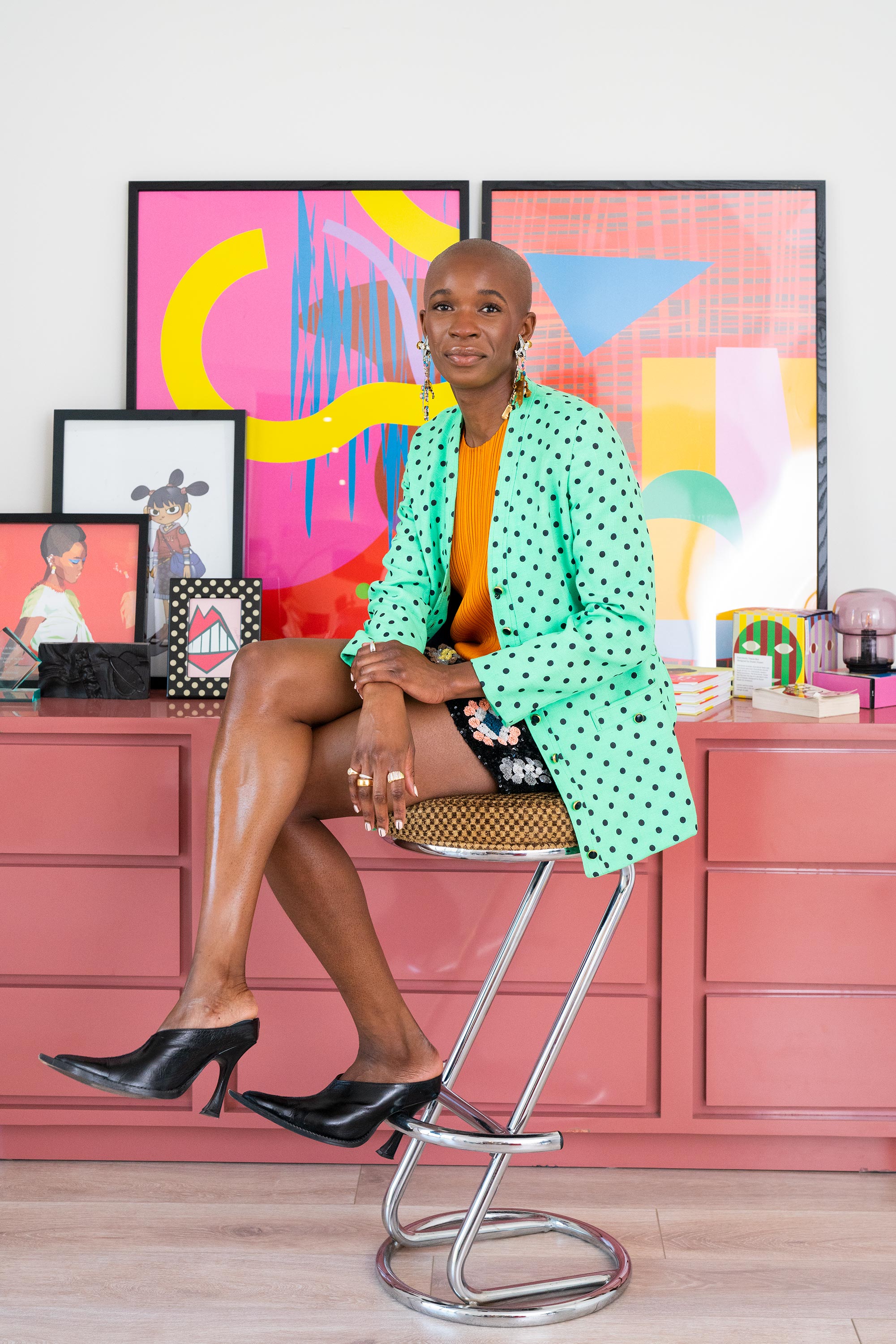
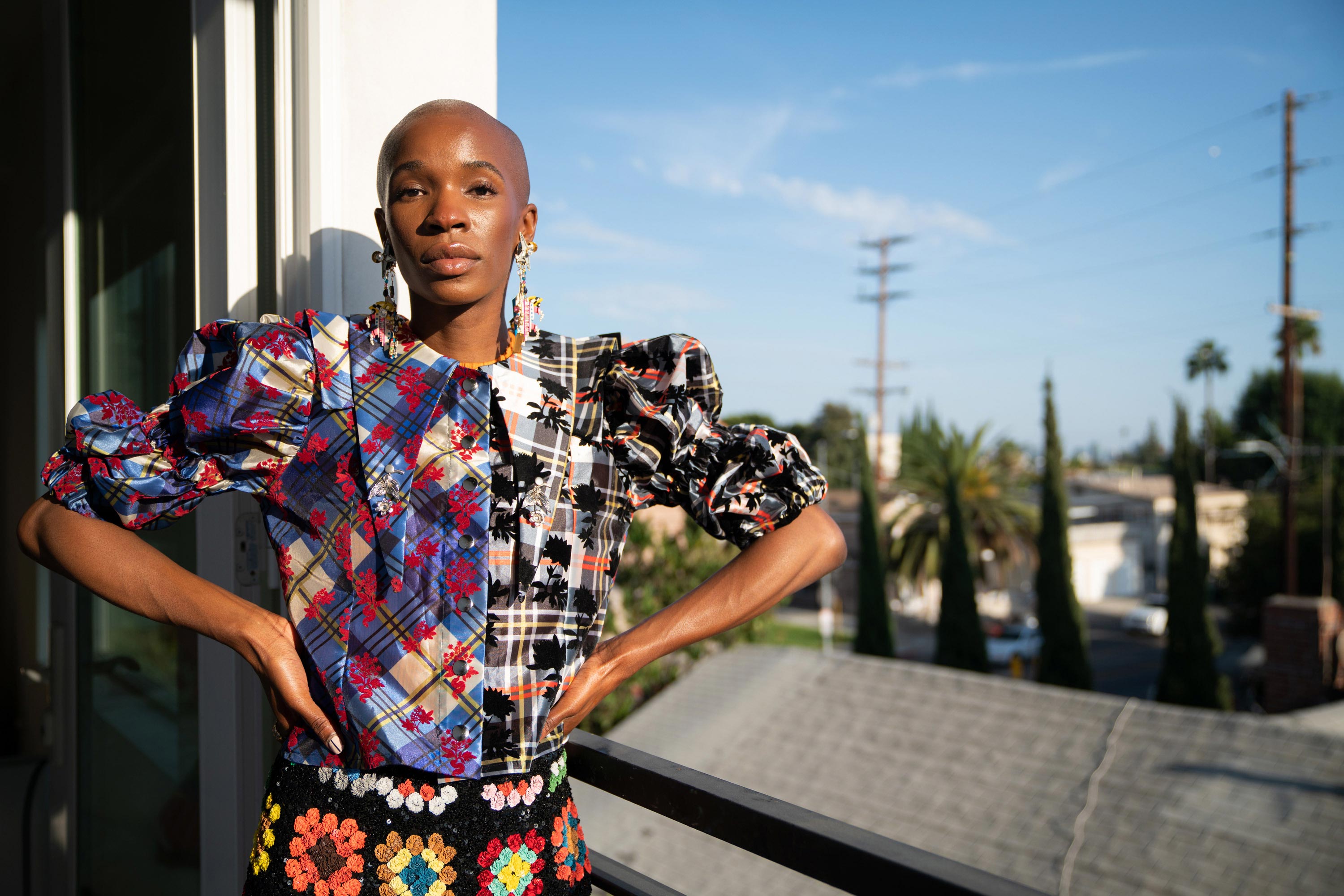
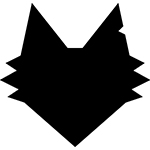
Describe the evolution from working in a place like DreamWorks to going freelance.
It was a very lucky situation, like a blessing in disguise. As I was working at the studio, I started to realize I had all these interests outside of animation. I was always taking on freelance projects while working full time. Then when DreamWorks got bought by Universal and certain things were changing, I was either going to get laid off or I would go work on the TV side.
For me, getting laid off gave me the opportunity to try going out on my own. A lot of my mentors only had studio experience, but one of my coworkers told me within days of my leaving that they thought I’d be a really good freelancer. I don’t know why, but him saying that without me even talking about it just switched my head, like, “Okay, I’m going to do it.” I feel like I got lucky also because I had severance from getting laid off.
Was there a project or a moment when it felt like your confidence emerged? Like, you knew you could jump and your parachute would open up?
I got really lucky that Chronicle came to me and asked if I wanted to do a book of portraits after they had seen my portrait work online. I got to do my book, Icons: 50 Heroines Who Shaped Contemporary Culture. It was very cool to see something that I had wanted to do myself, someone else also saw and wanted to do with me. The other confidence booster was when I got to do the Google Doodle for Audre Lorde’s birthday. When I left Dream- Works, I had always said the only other job I’d want to do is work with the Google Doodle team.
The way you present diverse beauty in your portraits is stunning. Tell me a little bit about that exploration. What is it about portraiture, specifically, that resonates for you?
I enjoy noticing how little details on someone’s face makes them distinctively who they are. Two people can look really similar, but there’s these little differences in their face, like the shape of their eye, or little marks here and there. I find the variations interesting. I like to draw a big variety of people because I want people to not feel like there’s only one type of beauty. I want them to see themselves somewhere in my art as they’re looking through.
In terms of the kinetic energy that I feel in the way that you answer with your work, where do the ideas come from?
The mood that we want people to feel when they look at it can help me generate shapes and colors and movement. I don’t intensely plan out the images before I do them. I kind of have a sense of what energy I want people to feel when they look at it. Fashion is always inspiring to me. I’ve been looking at a lot of interior design and seeing materials that can be combined, and different shapes of chairs or tables can send me down a rabbit hole. Seeing contrast has also been an inspiration to me.
Are there collaborators or artists from the past who inspire your work?
Eyvind Earle was a production designer at Disney who has his very own style. I liked how graphic it was and how he would put details within those shapes. There were production designers at DreamWorks who I got inspired by. Chris Zibach was an artist, Raymond Zibach, his father, did Kung Fu Panda. I remember loving that, the 2D sequence in Kung Fu Panda.
When I first started at DreamWorks as an intern, I didn’t think I was going to be an artist. But after I started working there, I saw all the different styles that come together to make a movie. I realized that becoming an artist doesn’t mean you have to have one style. I’ve taken all these little elements from different people’s styles. A production designer at DreamWorks taught me about lighting, and even though his style was so different from mine, I still learned a lot from his very painterly style and applied it to my graphic style.
Charley Harper was another inspiration. I’m still wowed by how he made animals. There’s this zebra print of his—it’s a lot of stripes going in all these different angles, but somehow the overall silhouette is of a group of zebras.
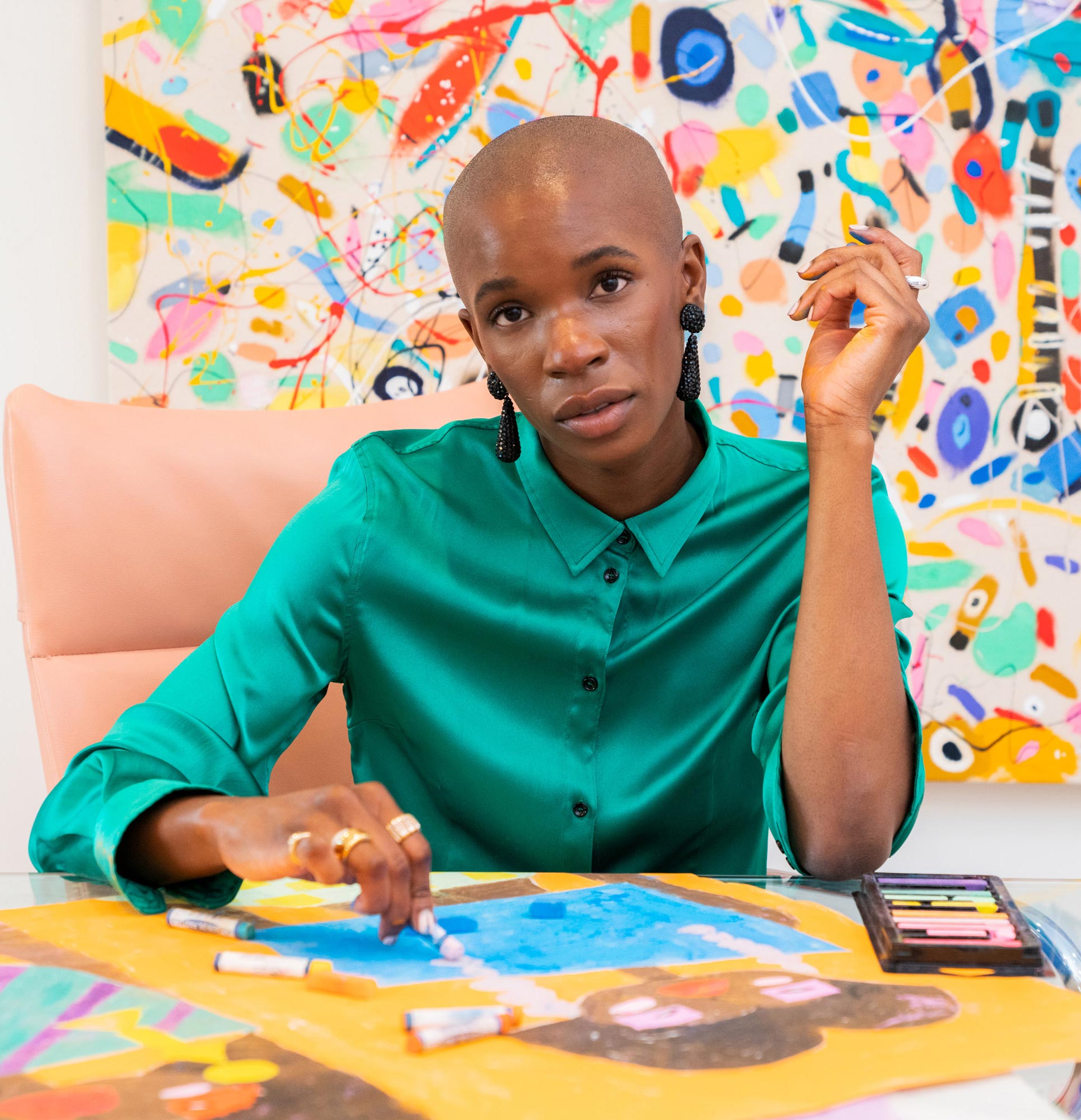
How do you think about the future of your professional work? Do you think about what the next steps of the journey look like or the long-term legacy?
I want to get more into the world of fashion and home goods. I’m working on creating little figurine-type things that people can collect and put on their coffee table. I’m interested in creating characters. I just signed with IMG, which is really fun because they don’t usually represent illustrators, but they’re going to be representing me for illustration and modeling.
Are there dream projects that are on your wish list?
At some point in the future I’d love to work with a big designer. Prada, Chanel, or Gucci—and do a collaboration on one of their iconic bags. I’d get to choose the colorway. A limited-edition Monica on a new bag with a big designer brand would be incredible.
That sounds amazing. What advice would you give to someone who is just emerging as a creative—someone who recognizes the instinct to create and is stepping into the identity?
I would encourage people to do what they like versus doing what they think is popular. Oftentimes, that’s how you get your natural creativity and your own style to come out. And, slowly over time, you get strong at your own style. That’s when people start coming to you for it.
